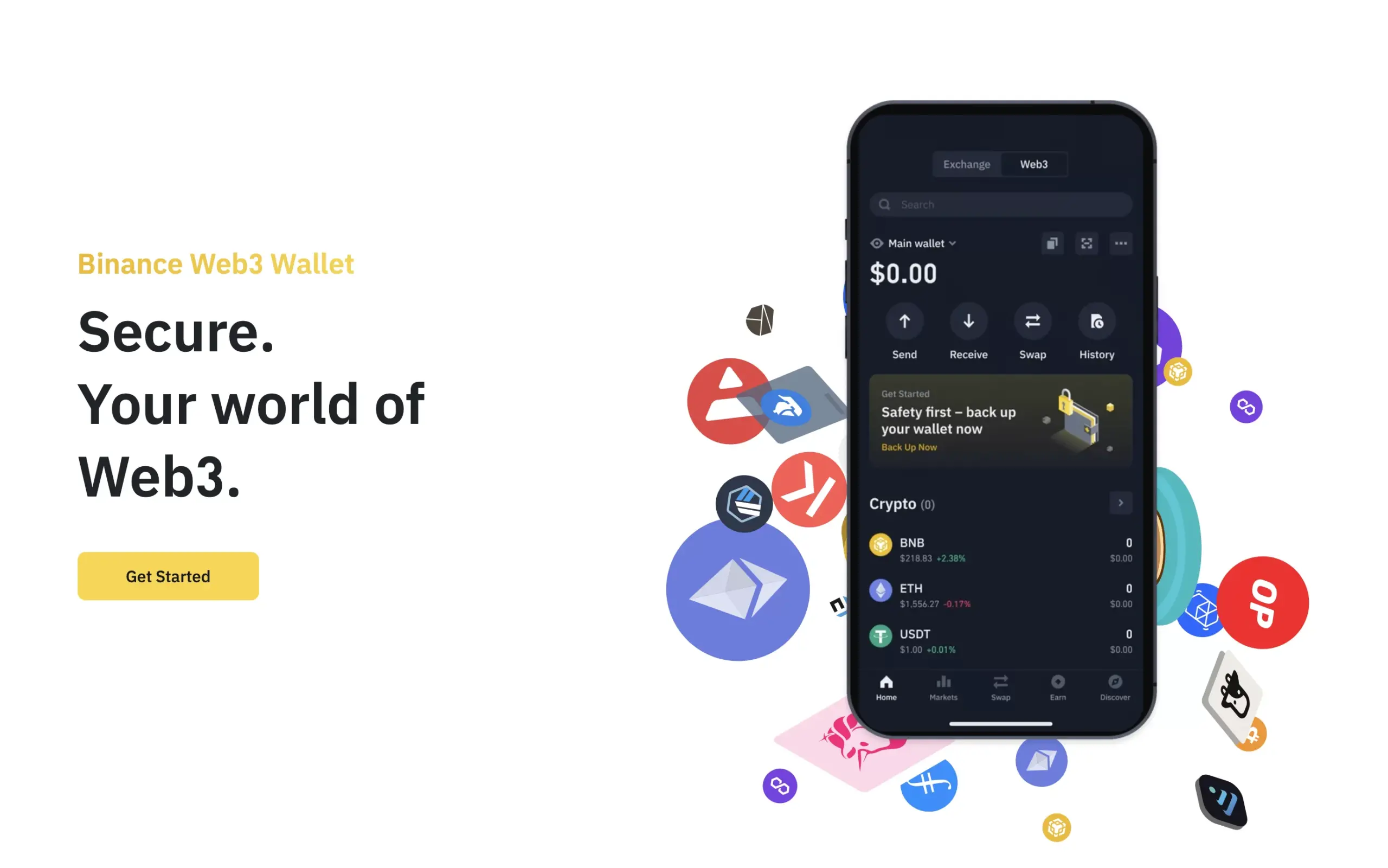Binance, a prominent cryptocurrency exchange, has unveiled its inaugural Web3 wallet, designed to facilitate seamless interaction with the decentralized finance (DeFi) ecosystem. This innovative product is compatible with a staggering 30 blockchain networks and was introduced during the Binance Blockchain Week conference in Istanbul.
According to Binance CEO Changpeng ‘CZ’ Zhao, “Web3 wallets signify more than just a means of safeguarding digital assets; they constitute an integral component of the Web3 framework, bestowing individuals with the power of self-sovereign finance.”
Binance’s Web3 wallet is set to rival established players such as MetaMask and Trust Wallet, the latter of which Binance acquired in 2018. Interestingly, Binance recently introduced a futures market for TrustWallet’s native token (TWT), an event that caused a 7% dip in TWT’s value.
In addition to Binance, other major centralized exchanges like Coinbase and OKX also offer Web3 wallets. Users can create their wallets through Binance’s mobile app, which will serve as a hub for various DeFi activities, including staking, lending, and borrowing. It remains uncertain whether users will need to undergo a know-your-customer (KYC) procedure to establish a wallet.
Web3 wallets are often targeted by hackers and exploiters, given the irreversible loss of funds once a hacker gains access to a private key. Binance aims to address this vulnerability with multi-party computation (MPC), a technique that eliminates the need for users to memorize seed phrases while upholding the crucial aspects of security and self-custody. MPC involves splitting a private key into three components known as key shares, with the wallet owner retaining control over two of the three key shares.
CZ emphasized, “Ultimately, our primary focus is to ensure that users can navigate the Web3 landscape with us in a user-friendly and secure environment.”
